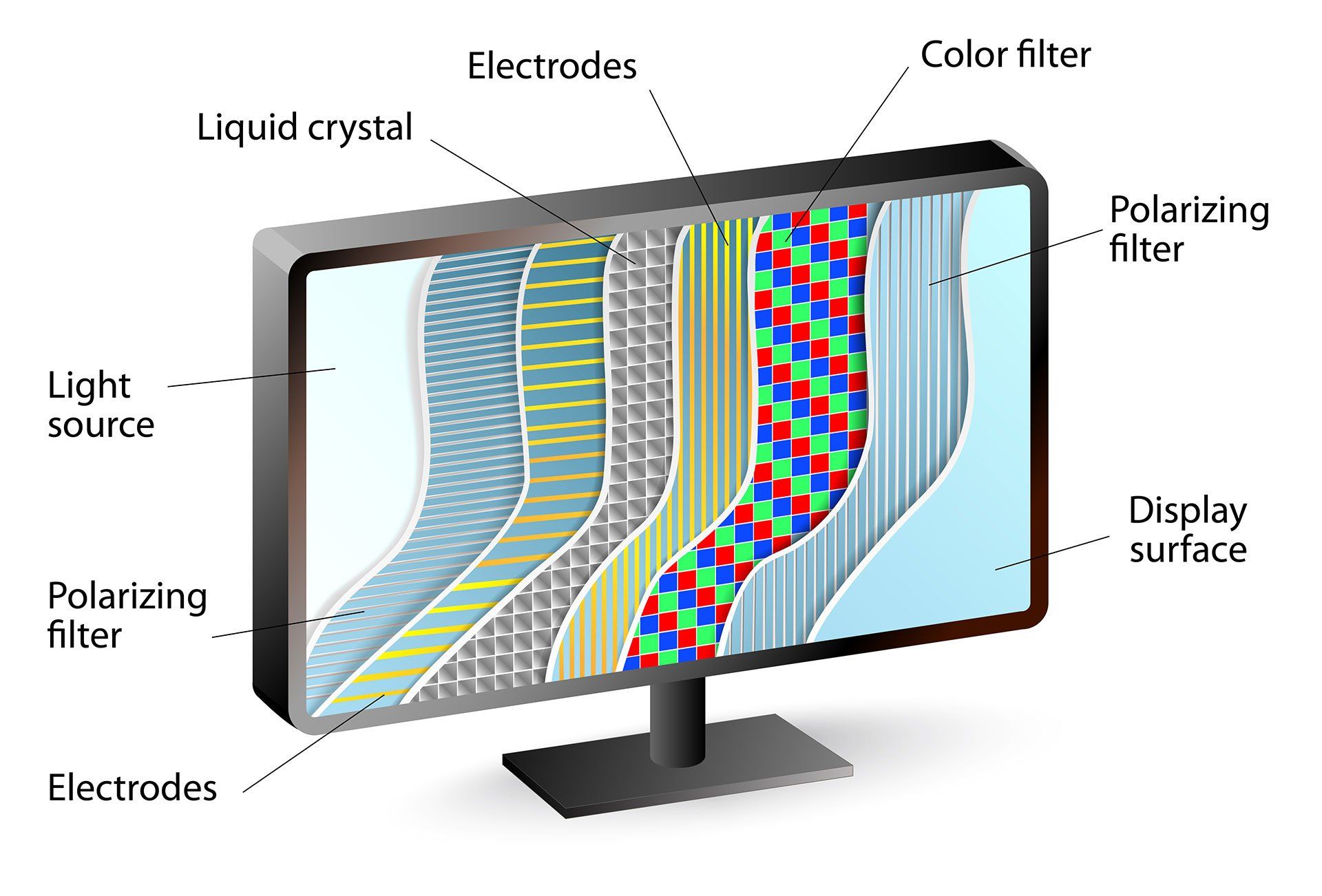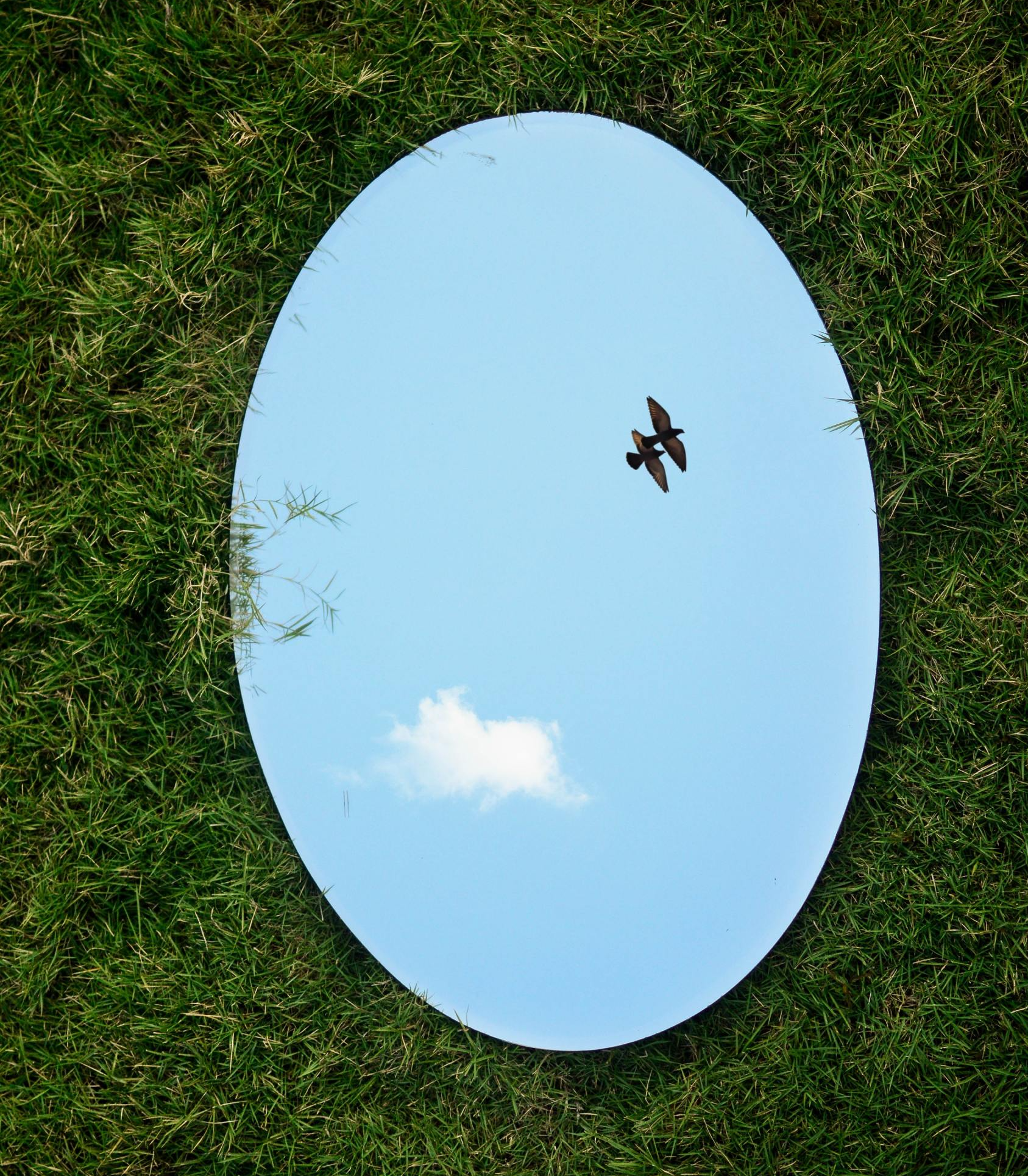What is a Sunlight Readable Display and How Can it Help Your Business?
One of the best ways to grow your business and increase brand recognition is through digital marketing. While creating a strong online presence is increasingly important, physical advertising remains an essential part of driving sales. Digital signage seamlessly blends the benefits of dynamic digital content with actual physical advertising. However, the quality of your billboard advertisements, signage, flyers, and messaging can make or break your efforts. This is especially the case when choosing outdoor digital signage, where sunlight readability is critical. In this article, we’ll discuss how sunlight affects digital signage, what a sunlight readable display is, and how it can benefit your outdoor advertising strategy.
Understanding Sunlight Readable Display Technology
How Sunlight Readable LCDs Work
The liquid crystal layer of LCD displays are “non-emissive”, meaning they don’t produce their own light, but require an external light source to illuminate the display image. Think of an old school slide show or even better, a film strip. The images are located on a film which sits in front of a light. All of the color and content are located on the film (albeit statically) and the bright light shines through the film to show the view whatever family vacation Uncle Joe and Aunt Sally took their RV to that year. The liquid crystal layer is very similar to this, only the images and colors can change. Just as there are different projection methods for slide shows, LCD displays have three illumination methods which can be used to display their content. They are as follows:
1. Transmissive LCD displays use a powered backlight to illuminate the display. Their brightness is measured by candela per square meter (cd/m²), which is often referred to as a “nit.” This unit of measurement accounts for both the luminous intensity and the overall area of a given display. Indoor transmissive LCD panels usually measure between 250-450 nits, while outdoor transmissive LCD brightness must measure at least 2000 nits for sunlight readability with most of the best daylight readable displays measuring over 4,000 nits. The energy required to power a 2000-nit backlight is significant and consequently increases operational costs. The brighter backlight also produces a good amount heat, which then costs even more to cool the display and expedites burn out.
2. Reflective LCD displays rely on ambient light to illuminate the display. Instead of a backlight, a mirror-like layer is installed behind the liquid crystal layer. In this configuration, ambient light passes through the LCD cell from the front and reflects back to the viewer. Reflective LCD brightness is proportional to the sun — the brighter the sunlight shines, the more light is reflected to the viewer. Because of this, the light source of the display no longer competes with the sun (because it technically is one and the same) and this configuration allows for 100% sunlight readability. Furthermore, because reflective LCDs don’t use a backlight,
reflective LCD displays are the only LCD
technology that maximizes sunlight readability with minimal energy cost.
3. Transflective LCD displays use a combination of both transmissive and reflective LCD technologies – both a backlight and a reflective layer – hence, the name transflective (transmissive + reflective). The backlight provides enough luminance for visibility in low to medium ambient light, while the reflective layer boosts the display’s visibility in bright ambient light without increasing power consumption. This hybrid option offers the choice of both illumination options but can negatively impact the display’s color saturation, resolution, and/or contrast.
How Sunlight Readable LCD Displays Can Benefit Your Business
While the upfront costs are a little higher than traditional advertising methods, the benefits of using commercial digital signage is well worth the investment. Digital signage has helped many businesses save on printing costs that are associated with paper signs or menus while also eliminating the wasted time that comes with changing printed signs out. Digital signage offers businesses the convenience of manipulating advertisements remotely and with minimal effort. This can boost your advertising efforts to change quickly with the time of day, season, sales and promotions. Simply put, digital signage can maximize your overall visibility while decreasing your overall spending.
By utilizing sunlight readable LCD displays in your outdoor advertising efforts, you’ll create a stronger first impression with your target audience. The improved visibility of the display itself can boost your business sales and build customer loyalty.
One thing to understand is that not all sunlight readable digital signage is created equal. It can vary widely based on the technology used. To make sure that you’re getting the most out of your sunlight readable monitor, contact Sun Vision Display. Our reflective LCD technology operates in a wide range of temperatures, uses up to 95% less power than high-brightness LCDs, reduces blue-light emissions, and outlasts traditional LED or LCD displays. Without a backlight there’s no risk of burnout or overheating. This means that you’ll be able to utilize the same display monitor for years without needing repairs or replacement. They’re great for applications in public spaces, transportation, food and entertainment, tourism, sports and recreation, retail, and more. We turn sunlight into a solution. If you’re interested in adding commercial digital signage to your marketing efforts, contact the professionals at Sun Vision Display today.















